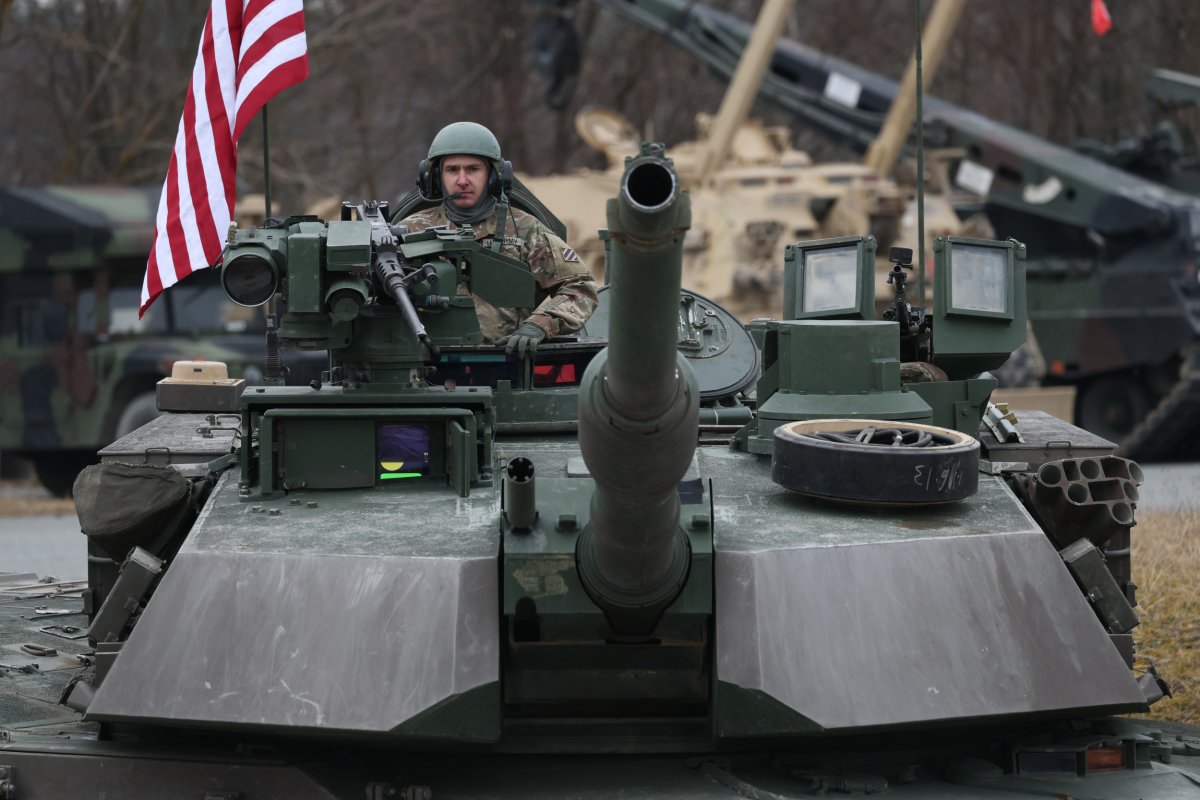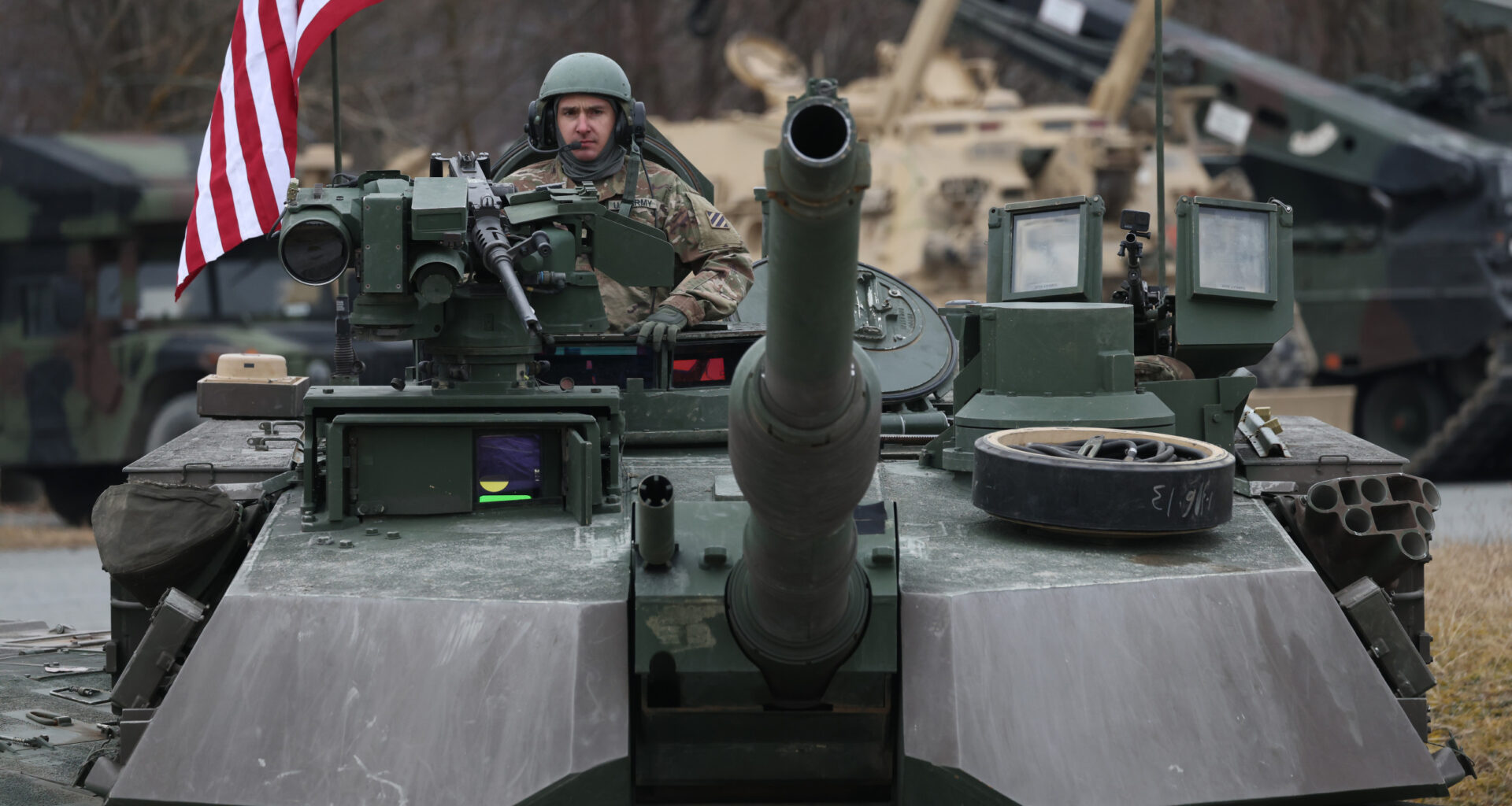“You can’t make an assumption that America’s presence will last forever,” Defense Secretary Pete Hegseth said to Europe during a press conference in the Polish capital in mid-February, just as Vice President JD Vance stood at the lectern in Munich to mount a scathing attack on the U.S.’ European allies.
But months on, the U.S. has still not produced a road map sketching out which capabilities Washington plans on withdrawing from Europe, and what the continent will have to urgently replace, a central European official involved in defense planning, who spoke on condition of anonymity, told Newsweek.
The U.S. has signaled it could take up to two years to come up with an evaluation of which assets it wants to pull out of Europe, the official said, meaning the continent cannot effectively plan for its conventional deterrence.
Conventional deterrence refers to non-nuclear military capabilities that would make an enemy think twice about invading. Members of NATO have benefited for decades from the assurances provided by the U.S.—with its extensive nuclear arsenal—to fend off the prospect of armed attack under Article 5 of the alliance’s founding treaty.

The U.S. has not produced a road map sketching out which capabilities Washington plans on withdrawing from Europe.
The U.S. has not produced a road map sketching out which capabilities Washington plans on withdrawing from Europe.
Photo-illustration by Newsweek/Getty
This commits other NATO states to help out any ally that comes under armed attack, with the response they deem appropriate.
The U.S. administration, while unpredictable, has been consistent in its demands for the rest of NATO’s member states to dramatically increase defense spending. European political and military officials broadly acknowledge the continent’s long-standing overreliance on the U.S., pledging to shore up its defense industry through dramatic hikes in investment.
Trump and his top officials have called for NATO countries to funnel 5 percent of GDP into defense, while European officials push for defense spending to focus on filling capability gaps and building up industry, rather than hitting percentage targets.
The U.S. has shouldered expensive military burdens in Europe for years, including providing logistics, strategic lift, communication, intelligence and reconnaissance capabilities, as well as airborne electronic warfare and stockpiles of munitions.
General Christopher Cavoli, the commander of the U.S.’ European Command, headquartered in the German city of Stuttgart, said in April more than 80,000 personnel are stationed in Europe, down from the more than 100,000 U.S. service members on the continent shortly after Russia invaded Ukraine in early 2022.
Some forces are permanently assigned, whereas others are rotationally stationed in Europe or assigned occasionally on training exercises.
Europe “needs to act immediately,” because the continent is “vulnerable” right now, the central European source said. In an ideal world, a plan would be in place by the end of the year, they said.
A serving U.S. military official, who also spoke on condition of anonymity, said they were not surprised by the suggestion it could be years before the administration could offer an outline for its planned European presence going forward.
“There’s no strategy to any of this,” they said, adding officials across varying levels of seniority were sending “mixed signals” to European countries.
“We really don’t know” what the U.S. wants, the central European official said.
A spokesperson for the U.S. European Command declined to comment, and a spokesperson for the Pentagon said they had “no force posture changes to announce” when approached on Thursday.
Officials expect the upcoming NATO summit in The Hague, scheduled for late June, to shed light on how the alliance’s European members will divvy up responsibility for getting hold of certain capabilities.
The Financial Times reported in March, citing unnamed officials, that Europe’s most significant military powers were putting together plans to take over much of the responsibility for protecting the continent from the U.S. This includes a proposal to the White House for Europe to take the reins within the next decade, according to the report.
It would take between five and 10 years of elevated defense spending before Europe would have its own set of capabilities to replace those currently provided by the U.S., excluding American nuclear weapons, the FT reported.
Cavoli told a Senate Armed Services Committee hearing in early April he was “planning to keep” the bulk of U.S. forces where they are currently stationed, and he would advise maintaining “that force posture as it is now.”

A member of a U.S. Army tank crew sits in his M1 Abrams main battle tank in Grafenwoehr, Germany, on February 11, 2025.
A member of a U.S. Army tank crew sits in his M1 Abrams main battle tank in Grafenwoehr, Germany, on February 11, 2025.
Sean Gallup/Getty Images
Polish President Andrzej Duda, following a meeting with Trump’s special envoy for Russia and Ukraine, Keith Kellogg, had confidently said in February Washington had “absolutely no intention to reduce activity here in our part of Europe.”
Cavoli’s April remarks contrasted with reports that the Trump administration was considering shrinking the U.S.’ European footprint and giving up America’s hold on the role of NATO‘s Supreme Allied Commander Europe, colloquially known as SACEUR. Cavoli, the current SACEUR, is in charge of NATO’s military strategy and operations across Europe.
The Republican chairs of the Senate and House Armed Services Committees, Senator Roger Wicker and Representative Mike Rogers, said in a joint statement released on March 19 they were “very concerned” about reports suggesting the Pentagon was weighing up “unilateral changes on major strategic issues, including significant reductions to U.S. forces stationed abroad.”
At the start of April, Rogers then criticized “some mid-level bureaucrats” in the Pentagon who hold “misguided and dangerous views” on reeling in the U.S.’ European presence.
